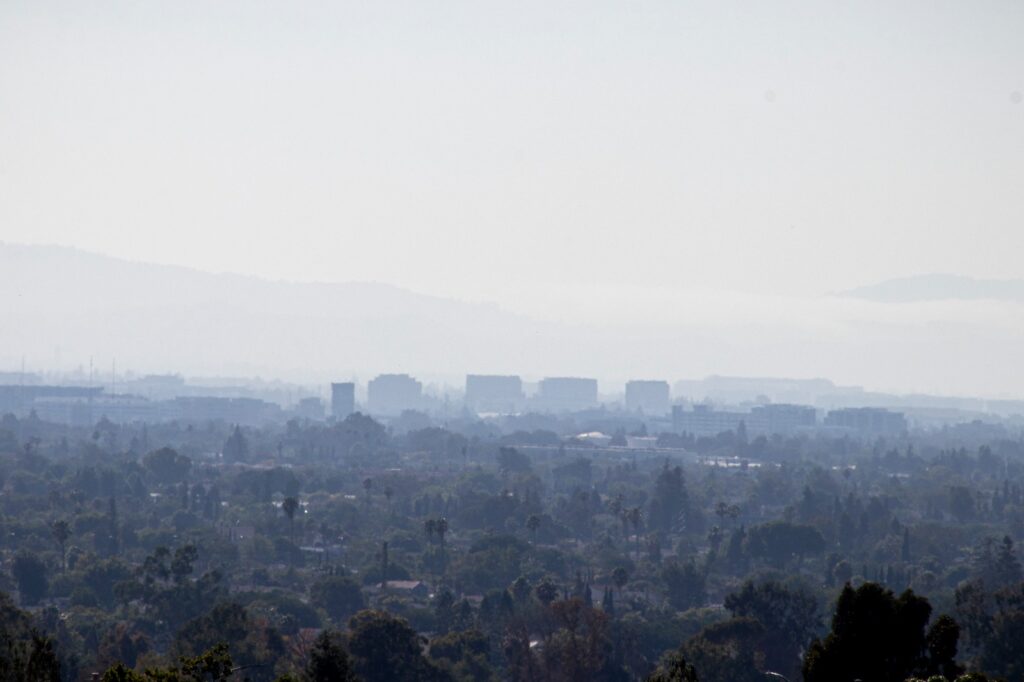
By Olivia Wynkoop. Bay City News.
California metropolitan areas such as the Bay Area, Los Angeles, and Bakersfield continue to

By Olivia Wynkoop. Bay City News.
California metropolitan areas such as the Bay Area, Los Angeles, and Bakersfield continue to